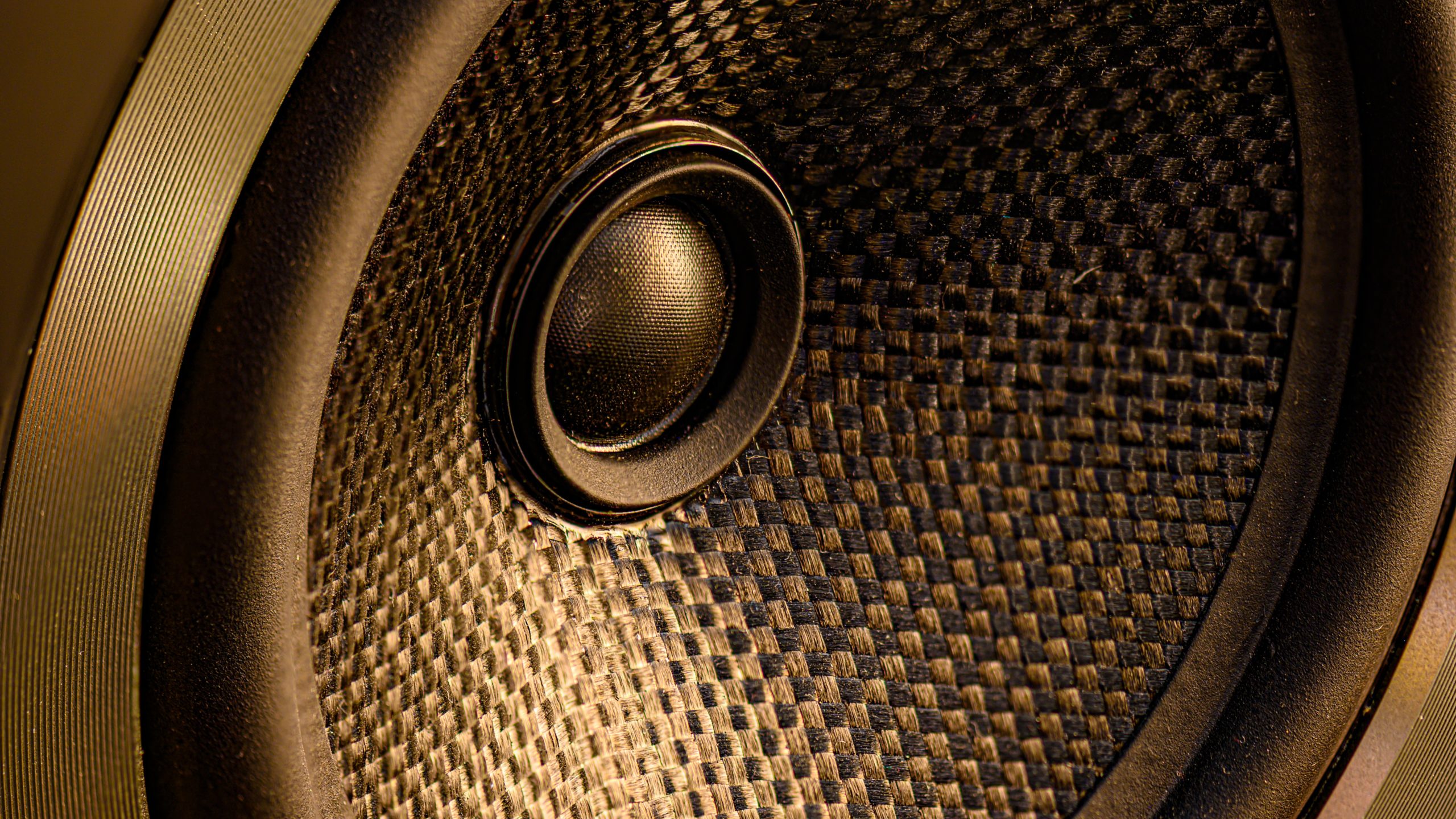
A large number of Laryngectomees use an electronic artificial larynx device for communication. These devices are placed against the neck or cheek to generate a tone that is used for speech.
There are a number of variables that determine the success in using an artificial larynx and the major one is finding the “Sweet Spot”, that one particular spot that makes all the difference. The Speech Pathologist’s job is to find the Sweet Spot, the one or two locations that most effectively transfers the speech signal into the pharynx and mouth for speech. Failure to make proper placement will result in unintelligibility, excessive noise, poor signal transfer, and a frustrating lack of clear communication.
After surgery, the Sweet Spot may be hard to find and change position. This is mostly due to edema in the head and neck region, which can last for weeks or even months after the operation. Because of these changes, it is good to recheck for optimal placement.
When a Sweet Spot is found, the patient should practice consistently and automatically placing the device. Using a mirror and/or marking the spot can be helpful in achieving the objective. Ear training and audio-recording could also assist in consistently locating the Sweet Spot.
